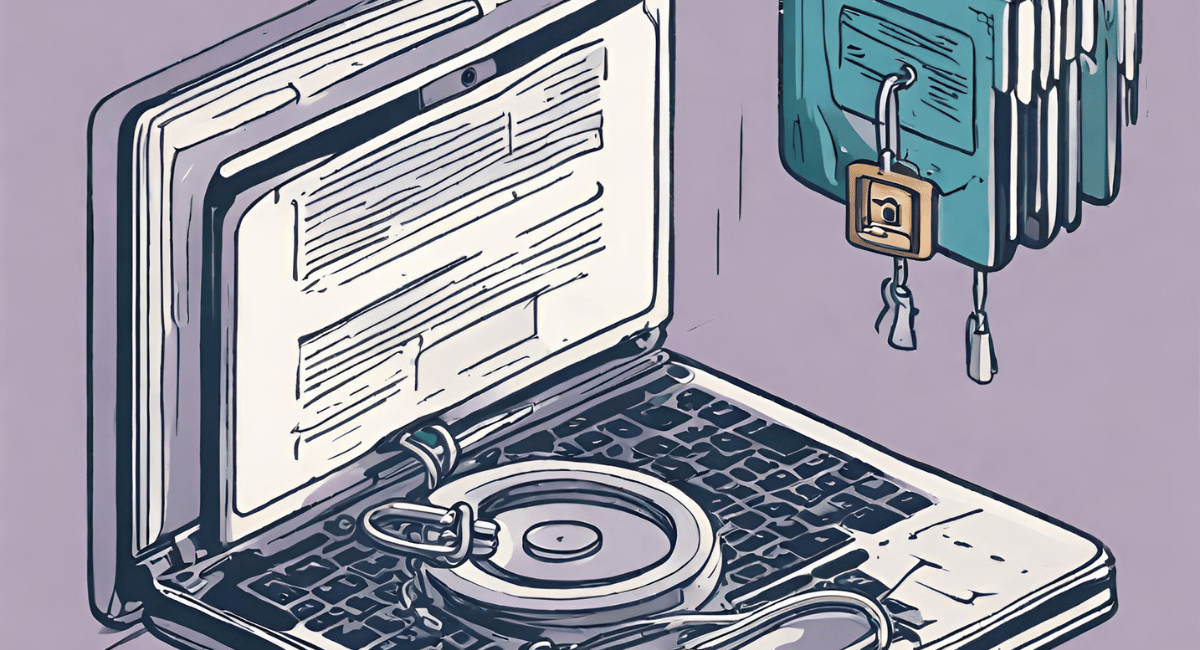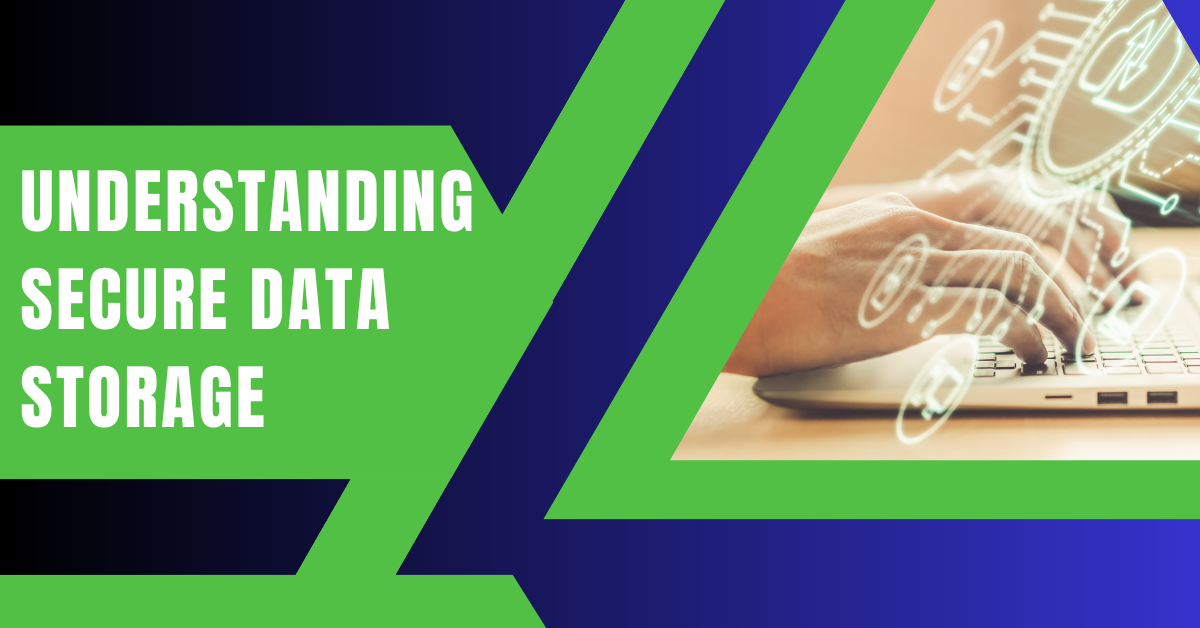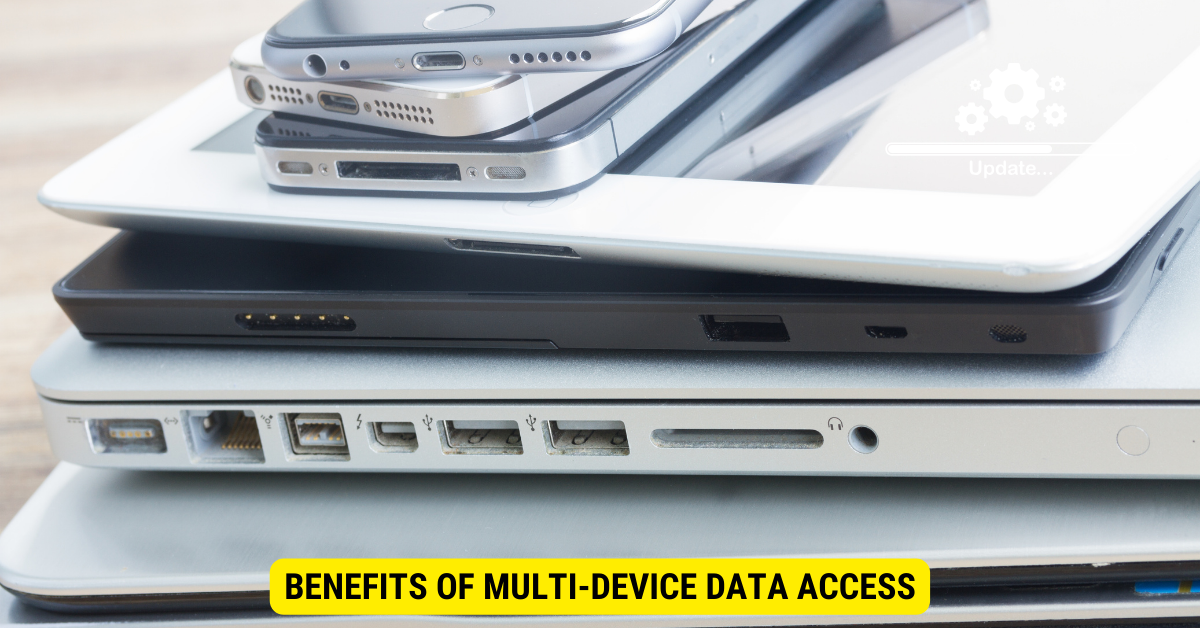Storing data securely with multi-device access is crucial in the digital age. It’s imperative to choose the right platform, be it cloud storage, hardware-based storage, or hybrid solutions. Ensure regular backups, use Encryption for data protection, and implement multi-factor authentication. Always be aware of potential risks, such as unauthorized access or data loss, and employ strategies to combat them. The key is to balance convenience with security.
Storing Secure Data with Multi-Device Access
Importance of Secure Data Storage

Ever caught yourself wondering why it’s so crucial to store data securely? Think of your data as a diary. You wouldn’t want prying eyes reading it, would you? In the digital world, your data is precious, containing personal, financial, and often confidential information. Ensuring it remains safe is paramount.
Challenges of Multi-Device Access
Now, here’s the tricky part. In this multi-device era, it’s like having multiple keys to that diary. Making sure each key is as secure as the last? That’s the challenge.
Understanding Secure Data Storage

What is Secure Data Storage?
At its core, secure data storage is like a bank vault for your digital information. It’s a safe space where your data resides, guarded by layers of security protocols. Neat, right?
Why It Matters in Today’s Digital Age
Imagine a world without passwords, encryptions, or firewalls. Your data would be a sitting duck! With cyber threats lurking in every corner, secure data storage isn’t just a luxury; it’s a necessity.
Platforms for Secure Multi-Device Data Storage
Cloud Storage Platforms
Cloud platforms, like fluffy digital heavens, store your data off-site. Examples include Google Drive and Dropbox. They provide access across multiple devices and come equipped with security features. But remember, it’s essential to pick a trusted provider.
Hardware-based Secure Storage
Think of this as a digital locker. Devices like external hard drives or USBs can securely store data. However, while they offer physical control, they might not be as versatile for multi-device access.
Hybrid Solutions
Can’t decide between cloud and hardware? Go for a hybrid! These solutions offer both on-site and off-site storage, giving you the best of both worlds.
Best Practices for Data Security Across Devices
- Regular Backups Ever lost a precious photo or document? Heartbreaking, right? Regular backups ensure your data’s safety net, even if disaster strikes.
- Use of Encryption Encryption is like your data’s secret code. Even if someone gets their hands on it, they can’t decipher the information without the unique key.
- Multi-Factor Authentication (MFA) MFA is like a double-check for your data. It requires an extra step to verify it’s really you accessing your data. Annoying? Sometimes. Worth the security? Absolutely.
Potential Risks and How to Avoid Them
Certainly! The realm of multi-device data access, while beneficial, is not without its risks. Below, I’ll outline some of these potential hazards and provide guidance on how to circumvent or mitigate them.
Potential Risks and How to Avoid Them?
- Unauthorized Access:
- Risk: With multiple devices accessing the same data, there’s a heightened risk of unauthorized individuals gaining entry, especially if devices are lost or stolen.
- Solution: Implement strong, unique passwords for each device and utilize multi-factor authentication (MFA) for added security layers.
- Data Inconsistency:
- Risk: When data is updated on one device, there might be a lag or failure in updating it across other devices, leading to inconsistencies.
- Solution: Use reliable cloud synchronization services and ensure that all devices are regularly synced.
- Data Breach or Leakage:
- Risk: Multi-device access can lead to data being more vulnerable to breaches, especially if one of the devices is compromised.
- Solution: Regularly update software and applications to their latest versions, ensuring that security patches are applied. Additionally, consider using encryption tools to further secure data.
- Device Malfunction or Failure:
- Risk: A malfunctioning device might corrupt data during access or synchronization.
- Solution: Regularly back up data to a secure location and ensure devices are well-maintained, with periodic checks for any signs of malfunction.
- Over-reliance on Cloud Services:
- Risk: Cloud services, while convenient, might experience downtimes or breaches, jeopardizing the data.
- Solution: Diversify data storage by using a combination of local storage and trusted cloud providers. Always keep backups in different locations.
- Man-in-the-Middle Attacks:
- Risk: When devices communicate over unsecured networks, they are susceptible to man-in-the-middle attacks where a malicious actor intercepts the data transmission.
- Solution: Always connect through secured and encrypted connections, such as VPNs, especially when using public Wi-Fi.
- Phishing and Scams:
- Risk: As you access data across multiple devices, you might encounter more phishing attempts or scams.
- Solution: Be vigilant about unexpected communications or requests for personal information. Train yourself and others to recognize and avoid phishing tactics.
- Physical Theft:
- Risk: Physical devices, especially portable ones like smartphones or tablets, can be easily stolen.
- Solution: Use device tracking features, like “Find My Device” for various platforms, and always lock devices with a PIN or biometric verification.
Benefits of Multi-Device Data Access

Certainly! Multi-device data access offers a plethora of advantages in our increasingly digital and interconnected world. Here are some of the benefits:
- Convenience: Access data anytime, anywhere, whether you’re at home using a laptop, on the go with your smartphone, or at work with a tablet. This ubiquity ensures that essential files and information are always at your fingertips.
- Boosted Productivity: The ability to pick up where you left off on any device means work, or personal tasks can continue without interruption. This seamless transition between devices can significantly improve workflow and efficiency.
- Enhanced Collaboration: Sharing and collaborating on files becomes more streamlined. Team members can access shared documents or projects from their preferred device, making teamwork more dynamic and versatile.
- Business Continuity: In the event of a device failure, data access isn’t compromised. Being able to switch to another device ensures that business processes or personal tasks can continue without significant disruptions.
- Personalized Experience: Many platforms adapt to user behavior across devices. This means that personal settings, preferences, and app configurations can be consistent, creating a tailored user experience regardless of the device being used.
- Improved Customer Experience: For businesses, multi-device access allows them to engage customers on various platforms. This omnichannel approach ensures a consistent and high-quality customer experience.
- Backup and Security: If one device is compromised, lost, or stolen, the data remains accessible from other devices. Additionally, many multi-device platforms have built-in backup and security measures, offering another layer of protection for your data.
- Flexibility: Whether you’re transitioning between work and personal tasks, or juggling multiple projects, having data accessible across devices offers unparalleled flexibility in how and where you complete tasks.
- Cost-Efficiency: Rather than investing heavily in high-storage devices, users can leverage cloud storage solutions that are accessible from multiple devices. This can lead to significant cost savings in the long run.
- Future-Proofing: As technology continues to evolve, and as the number of smart devices per individual grows, having a multi-device data access strategy ensures that you’re prepared for future technological advancements and changes in personal or business needs.
Key Takeaways
- Importance of Data: In today’s digital era, data is akin to a valuable asset, often compared to gold or oil, making its secure storage essential.
- Challenges of Multi-device Access: With numerous devices accessing the same data, ensuring uniform security across all becomes challenging.
- Platforms:
- Cloud Storage: Convenient but relies on trusted third-party providers.
- Hardware-based Storage: Provides physical control but might lack versatility for multi-device access.
- Hybrid Solutions: Combines the advantages of both cloud and hardware storage.
- Best Practices:
- Conduct Regular Backups to ensure data safety.
- Employ Encryption to scramble and protect data.
- Use Multi-Factor Authentication (MFA) for an added layer of security.
- Potential Risks: These include unauthorized access, data loss, and outdated software. To counter them:
- Use unique, strong passwords.
- Backup data frequently.
- Ensure software is always updated.
- Benefits of Multi-device Access: Provides flexibility, boosts productivity, and ensures data is accessible anytime, anywhere.
Frequently Asked Questions
How often should I back up my data?
It’s good practice to back up essential data weekly and other data monthly.
Is cloud storage safe for sensitive data?
While cloud storage can be very secure, always ensure you’re using trusted providers and enabling all available security features.
Can I recover lost data if I don’t have a backup?
Sometimes, with the help of professional services, it’s not guaranteed. Regular backups are the best way to ensure data recovery.
How do I know if my data has been compromised?
Regularly monitor your accounts for suspicious activity and use tools that alert you to any unauthorized access.
Conclusion
Navigating the world of multi-device data storage might seem daunting, but with the right knowledge and tools, you can ace it. Remember, it’s about balancing convenience with security. After all, in this digital age, your data deserves royal treatment!
